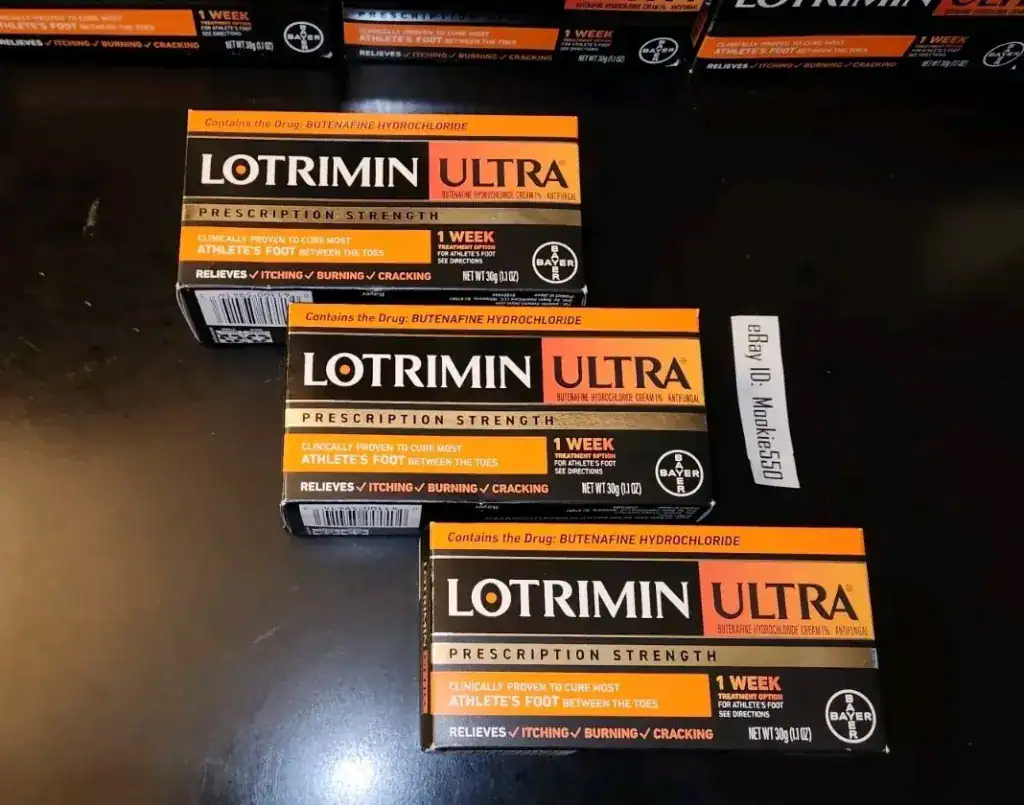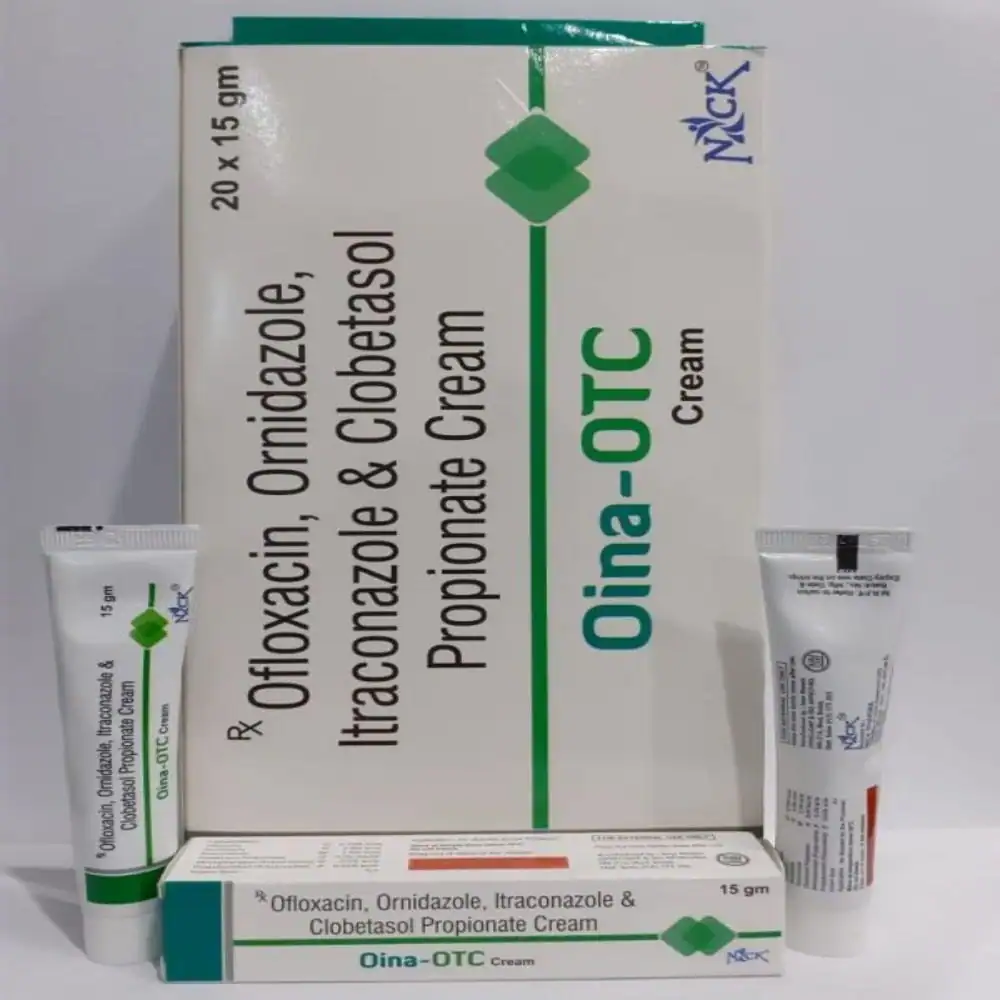Vaginal itching can be a distressing and uncomfortable experience for many women. While it’s a common issue, navigating the myriad of treatments available can often feel overwhelming. Understanding the underlying causes and available solutions is crucial for effective relief. Various factors can contribute to this discomfort, from yeast infections to skin irritations. Fortunately, there are several creams available that offer significant relief. In this comprehensive guide, we’ll explore different types of creams for vaginal itching, helping you make an informed decision based on your specific needs.
Common Causes of Vaginal Itching
Before delving into treatments, it’s essential to understand what might be causing the itching. Identifying the root cause can significantly enhance the effectiveness of the treatment.
Yeast Infections
Yeast infections are a frequent cause of vaginal itching and discomfort. They often present with additional symptoms, such as a thick, white discharge that resembles cottage cheese. These infections result from an overgrowth of Candida, a type of fungus that naturally exists in the vagina. Factors like antibiotics, hormonal changes, and a weakened immune system can contribute to this overgrowth. Understanding these triggers can help in both treatment and prevention.
Bacterial Vaginosis
Bacterial Vaginosis (BV) occurs when there’s an imbalance in the natural bacteria present in the vagina. This condition can cause itching and is often accompanied by a fishy-smelling discharge. BV is not considered a sexually transmitted infection, but sexual activity can increase the risk. Maintaining the natural balance of bacteria is key to preventing BV, which includes avoiding douching and using mild soaps.
Irritants and Allergens
Everyday products like soaps, detergents, or fabric softeners can act as irritants, leading to itching and discomfort. These products often contain fragrances and harsh chemicals that can disrupt the delicate pH balance of the vaginal area. Identifying and eliminating these irritants from your routine is crucial. Opt for hypoallergenic and fragrance-free products to minimize irritation.
Skin Conditions
Certain skin conditions, such as eczema or psoriasis, can manifest in the vaginal area, causing itching and redness. These conditions are typically characterized by their persistence and are often accompanied by dry, flaky skin. Managing these conditions involves identifying triggers and using appropriate topical treatments to soothe the skin. Consulting a dermatologist can provide additional strategies for managing these chronic issues.
Sexually Transmitted Infections (STIs)
Some sexually transmitted infections can cause itching as one of their symptoms. Conditions such as trichomoniasis, herpes, and chlamydia often present with itching alongside other symptoms like unusual discharge or sores. Early detection and treatment are crucial to prevent complications. Regular STI screenings and practicing safe sex can significantly reduce the risk of contracting STIs.
Types of Creams for Vaginal Itching Relief
Navigating the options for creams can be daunting. Here’s a breakdown of the most common types of creams used to relieve vaginal itching, each tailored to specific causes and symptoms.
Antifungal Creams
Antifungal creams are frequently the first line of defense against yeast infections, a prevalent cause of vaginal itching. These creams work by targeting and eliminating the fungus responsible for the infection.
Examples and Usage

Common examples include Monistat, Lotrimin, and Canesten. These are typically used over a course of 3 to 7 days, with the duration dependent on the infection’s severity. It’s essential to follow the instructions carefully to ensure complete eradication of the infection. For persistent or recurrent infections, consulting a healthcare provider is advisable for further evaluation and treatment options.
Hydrocortisone Creams
Hydrocortisone creams are effective for reducing inflammation and irritation caused by skin conditions such as eczema. While they do not treat infections, they can provide significant temporary relief from itching.
Application and Precautions
Cortizone-10 is a common example of a hydrocortisone cream. These creams should be applied as directed and are usually not recommended for long-term use due to potential side effects like skin thinning. It’s important to use them sparingly and only on the affected area. If symptoms persist, a healthcare professional can provide guidance on alternative treatments or further evaluation.
Soothing and Moisturizing Creams
For general irritation without an underlying infection, soothing creams can offer significant relief. These creams often contain calming ingredients like aloe vera or chamomile, which help soothe the skin and reduce irritation.
Examples and Benefits
Examples of soothing creams include Vagisil and Replens. These creams can be applied as needed to alleviate dryness and irritation. They work by providing moisture and creating a protective barrier on the skin, preventing further irritation. Regular use can help maintain skin health and prevent future episodes of irritation.
Feminine Itch Creams
These creams are specifically formulated to tackle itching in the vaginal area. They often contain a combination of antifungal and soothing ingredients to address multiple causes of itching.
Usage and Effectiveness
Products like Vagisil and Monistat Care are popular choices. It’s important to follow the package instructions regarding application frequency and duration. These creams can provide quick relief and are suitable for mild to moderate symptoms. For persistent or severe itching, consulting a healthcare provider is recommended for a more targeted treatment approach.
Choosing the Best Cream for Vaginal Itching
Selecting the right cream involves several considerations to ensure effectiveness and safety. Here are key factors to keep in mind:
Identify the Cause
Understanding the underlying cause of your symptoms is crucial. If you suspect an infection, an antifungal cream is likely necessary. For irritation without infection, soothing creams might suffice. Identifying the cause helps in choosing a targeted treatment, increasing the likelihood of symptom resolution.
Consult a Healthcare Professional
If there’s any uncertainty about the cause of your symptoms, it’s always best to consult a doctor. They can provide a proper diagnosis and recommend the most appropriate treatment. A healthcare professional can also offer guidance on whether a prescription-strength cream is necessary.
Check Ingredients
Be aware of any allergies or sensitivities you might have to certain ingredients. Reading labels and understanding the composition of creams can prevent adverse reactions. Opt for creams with natural or hypoallergenic ingredients if you have sensitive skin.
Read Reviews
Other users’ experiences can provide insights into the effectiveness of a product. Reading reviews can help gauge the likelihood of success with a particular cream. However, individual responses to treatments can vary, so it’s important to consider these reviews as part of your decision-making process.
Over-the-Counter vs. Prescription Creams
Most creams for vaginal itching are available over-the-counter (OTC), but some situations might necessitate a prescription.
OTC Creams

Over-the-counter creams are suitable for mild to moderate symptoms and are easily accessible at pharmacies. They offer a convenient first step in addressing symptoms. However, if symptoms persist or worsen, it may be necessary to seek further medical advice.
Prescription Creams
For persistent or severe cases, a doctor may prescribe stronger medication. Prescription creams often contain higher concentrations of active ingredients or different formulations that are not available OTC. Consulting a healthcare provider can determine if a prescription cream is needed for your condition.
Application Tips for Maximum Relief
To ensure the cream is effective, follow these application tips for optimal results:
Clean the Area
Before applying any cream, wash your hands and the affected area with mild soap and water. This step helps prevent introducing additional bacteria or irritants to the area. Ensuring the area is clean can enhance the cream’s effectiveness.
Apply as Directed
Follow the instructions on the packaging regarding the amount and frequency of application. Overuse can lead to adverse effects, while underuse might not provide the desired relief. Consistency is key to achieving maximum benefits.
Avoid Interference
Avoid using other products in the area that might interfere with the cream’s effectiveness. This includes avoiding scented products or other topical treatments that could counteract the cream. Sticking to a single treatment regimen can improve outcomes.
Monitor Symptoms
Keep track of your symptoms throughout treatment. If symptoms persist or worsen after the recommended treatment period, consult a healthcare professional. This step ensures that any underlying issues are addressed promptly.
When to See a Doctor
While many cases of vaginal itching can be resolved with OTC creams, there are times when professional medical advice is necessary:
Persistent Symptoms
If symptoms persist after a week of treatment, it’s time to seek medical advice. Persistent itching may indicate an underlying condition that requires further evaluation and treatment.
Severe Pain or Discharge
If you experience severe pain, swelling, or unusual discharge, consult a healthcare provider immediately. These symptoms could indicate a more serious condition that needs prompt attention.
Frequent Recurrences
If you have frequent recurrent infections, a healthcare professional can offer guidance on prevention and management strategies. Understanding the underlying causes of recurrent episodes can help in developing a comprehensive treatment plan.
Preventing Vaginal Itching
Prevention is always better than cure. Here are some tips to prevent vaginal itching and maintain vaginal health:
Wear Loose, Cotton Underwear
Choosing breathable fabrics like cotton allows the area to breathe and prevents moisture build-up. Avoid tight-fitting clothing, which can trap moisture and irritate the skin.
Avoid Irritants
Steer clear of scented products, harsh detergents, and douching, as these can disrupt the natural balance of bacteria and cause irritation. Opt for hypoallergenic and fragrance-free alternatives to minimize risk.
Practice Safe Sex
Using protection can reduce the risk of sexually transmitted infections, a common cause of vaginal itching. Regular STI screenings are also important for sexually active individuals to detect infections early.
Maintain Good Hygiene
Regularly washing the area with mild soap and water can help maintain a healthy environment. Avoid over-washing or using harsh products that can disrupt the natural balance of bacteria.
Understanding your body and knowing the right products to use can significantly improve your comfort and quality of life. Whether it’s choosing an antifungal cream for a yeast infection or a soothing cream for irritation, the key is to address the cause effectively and promptly. Remember, if in doubt, consulting a healthcare professional is always a wise choice. They can help determine the cause of your symptoms and recommend the best treatment for your needs. With the right knowledge and products, you can manage and alleviate vaginal itching effectively.



